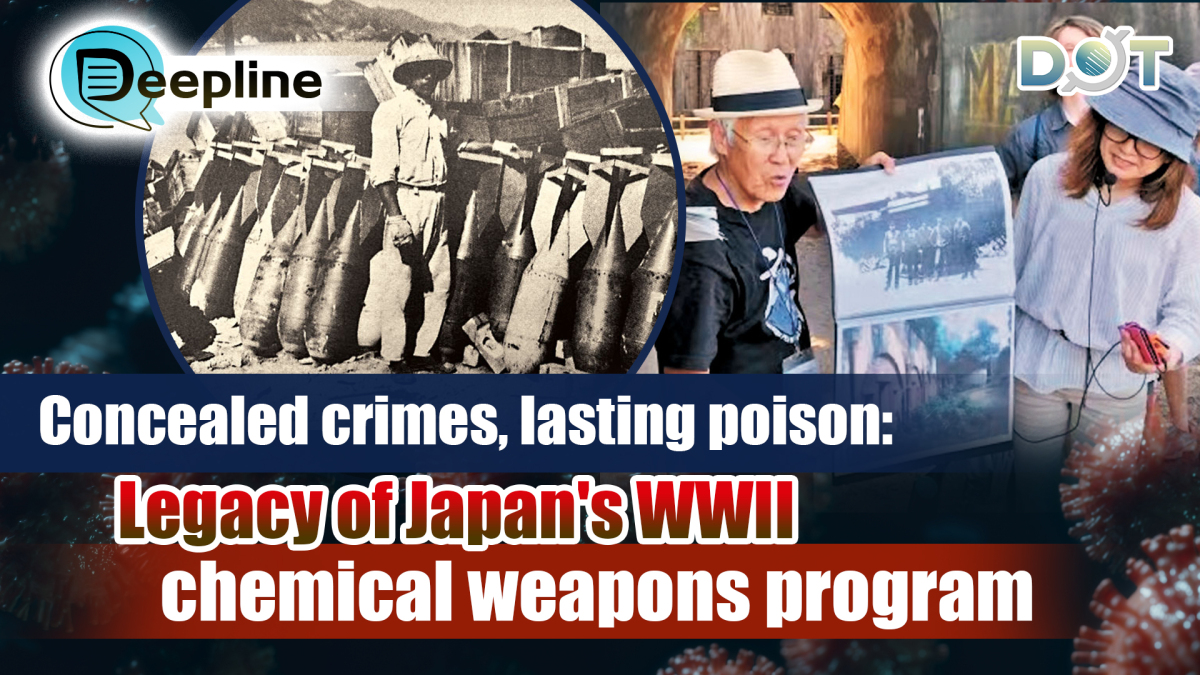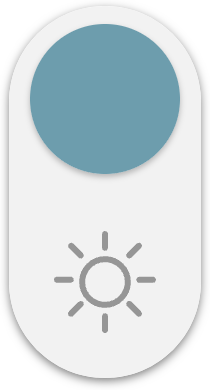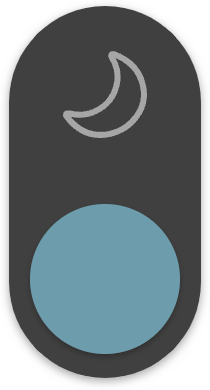
On February 23, 1991, a Japanese newspaper published the recollections of two former members of the Japanese chemical warfare unit, Unit 516. They recounted being ordered, just before Japan's defeat and retreat, to discard chemical poison gas shells into the Nen River in Qiqihar. By 2020, approximately 300 poison gas shells mixed with conventional artillery shells were discovered buried in Jilin Province. The markings on these poison gas shells had been deliberately scraped off.
"This was a common method employed by the Japanese military at the time, aiming to desperately conceal crimes that violated international conventions, even at the cost of leaving ongoing disasters for the Chinese people."
Gao Xiaoyan, a researcher at the Heilongjiang Provincial Academy of Social Sciences who studies the history of abandoned Japanese chemical weapons, told Wen Wei Po, "This fact not only reflects the Imperial Japanese Army's disregard for its commitment to Geneva Protocol, but also reveals, from another perspective, the systematic nature of its chemical weapons supply and the extensive scope of their use on the Chinese battlefield."
Okunoshima, near Hiroshima, is now a lush, green vacation destination in Japan, attracting many young people for leisure and entertainment every year. However, many are unaware that this beautiful island was once deliberately erased from maps due to the Japanese military's secret development of chemical weapons there.
"The chemical munitions plant on Okunoshima was one of the main bases for chemical weapons manufacturing during Japan's invasion of China. Some of the chemical agents produced there were weaponized directly at the factory, some were transported to other factories for weapon assembly, and some were sent to the Chinese battlefield in the form of canned toxic agents," said Gao.
Used in invasion of China
Less than 20 meters from the National Park Resort Hotel, Okunoshima, stands an old concrete building.
"Those with experience can tell at a glance that this is the architectural style of Japanese military factories during the war of aggression against China," said Gao. It resembles a house but has only three walls, divided into two bays inside, with concrete bases and upward-facing arc-shaped grooves.
It was a storage warehouse for the toxic agent diphenylcyanoarsine. About 500 meters northwest along the coast, in a gap in the hills, stands another eerie concrete building—a massive toxic gas storage depot consisting of two rows of six large storage rooms, nearly three stories high. Each storage room had circular concrete facilities on the ground where iron toxic agent tanks, each capable of storing 100 tons of toxic agents, were once placed.
Gao noted that after the start of Japan's war of aggression against China, the scale of the toxic agent factory expanded rapidly, employing up to over 6,000 workers at its peak and producing nine types of agents, including blister, blood, vomiting, and tear agents. Additionally, the Japanese Navy also produced chemical agents at the Sagami Naval Arsenal in Samukawa, Kanagawa Prefecture.
Before the war, the Japanese Army selected Okunoshima as a production base and, in 1927, requisitioned all the land on the island by order of the Army Ministry. Subsequently, the Japanese military headquarters ordered the establishment of an "anti-espionage group," officially turning it into a chemical weapons factory. On July 9, 1928, the chemical munitions plant on Okunoshima was listed in the military industrial sequence. The then director of the plant purchased the equipment and design blueprints for a daily production mustard gas experimental factory and put the equipment producing 100 kg of mustard gas per day into operation on May 19, 1929.
In her book Island Erased from the Map, Japanese investigative journalist Takeda Eiko, who has long focused on the history of Okunoshima and war legacy issues, pointed out that from 1929 to 1944, the toxic agents produced on Okunoshima accounted for about 90% of Japan's total toxic agent production during the war. Japanese historian Yoshimi Yoshiaki noted that from 1931 to August 1945, the poison gas factory on Okunoshima produced 7,376 tons of various types of toxic agents.
According to documents from the US National Archives, a report submitted in 1946 by a US officer who was responsible for guiding the disposal of abandoned chemical weapons on Okunoshima, to the British Commonwealth Occupation Forces headquarters stated that the total amount of toxic agents left on the island was 3,260 tons. This implies that at least over 4,000 tons of toxic agents were used by the Japanese military on the battlefield.
Japanese Army actively established chemical weapons bases in China
The Japanese Army also established manufacturing and experimental bases in Northeast China. Driving east from Qiqihar Railway Station, through the city and then north, it takes less than 15 minutes to reach the site of the Imperial Japanese Army Unit 516, located at the intersection of Nanpu Road and Shuguang Street in Tiefeng District, Qiqihar.
Before the reporter's eyes lies a scene overgrown with wild grass. A towering chimney stands out prominently in the ruins, like a poisonous stinger thrust into the sky. Dilapidated single-story houses, their walls mottled and peeling extensively, expose reddish-brown bricks underneath. The empty windows resemble the eyes of gas masks.
Cao Zhibo, former president of the Qiqihar Academy of Social Sciences and a historian specializing in the issue of chemical weapons abandoned by the Imperial Japanese Army, told Wen Wei Po that as Japan launched its full-scale invasion of China, the Japanese Army established a weapons research and experimental institution in Qiqihar, Northeast China—the Kwantung Army Technical Department. This technical department had a chemical weapons squad, the predecessor of Unit 516. On May 11, 1939, by order of the Japanese Army Ministry, the squad was separated from the Kwantung Army Technical Department and reorganized into the Kwantung Army Chemical Department, with the designation 516.
"The research scope of Unit 516 was extremely broad, covering not only applied research related to chemical warfare but also basic research in chemistry, medicine, veterinary medicine, and even some aspects of meteorology," said Cao. He added that to test chemical weapons, Unit 516 established a close collaborative relationship with the adjacent Second Mortar Regiment (Unit 525), which even became the practice unit for the Chemical Department.
(Source: Wen Wei Po; English Editor: Darius)
Related News:
Deepline | Unhealed wounds: Lingering threat of Japan's abandoned chemical weapons in China
Deepline | Recommending list of anti-fascist films: What are they, and why?




















Comment